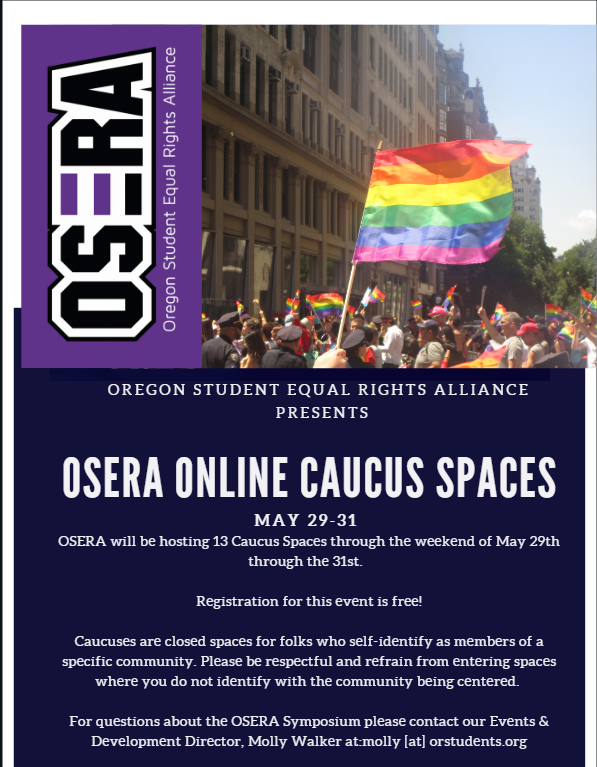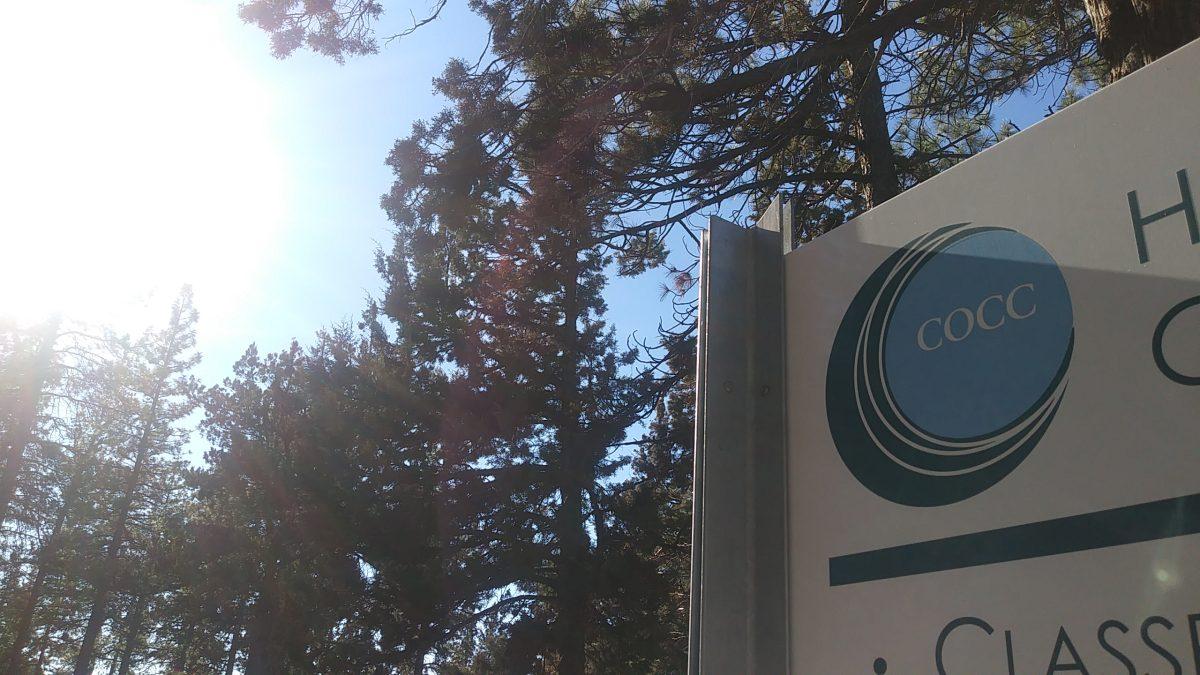How will OSU-Cascades draw freshmen when a cheaper option is close by?
Cascades is facing the hurdle of how to convince students to do all four years at a university when a community college is up the road.
As of 2014, 175 students are dually enrolled at Central Oregon Community College and Oregon State University-Cascades through the “two plus two” program. This program enables students to pay lower tuition for their first two academic years by taking classes at COCC and then do their upper-division coursework at OSU-Cascades.
The two plus two program will continue to be a large part of the educational field in Central Oregon, according to Christine Coffin, director of Communications and Outreach for OSU-Cascades.
“Our 2 plus 2 partnership with COCC is an important part of the success of OSU-Cascades,” Coffin said. “As we expand, the two plus two program will continue for students who want to start their studies at the community college.”
COCC not “cheapening the process”
The expansion will bring changes to both schools, according to COCC Vice President for Instruction Charles Abasa-Nyarko. Though students would be able to spend their first two years at OSU-Cascades, they will still be able to take the same courses at COCC at cheaper rates.
About a year ago, COCC brought in a consulting agency to evaluate their recruiting efforts and what they do with students.
“As community colleges we do some recruiting and engage in recruiting throughout the northwest but we are still not at the level or nature that happens in the university setting,” Moore said.
As OSU-Cascades looked at expanding their programs COCC looked at ways to “elevate their game,” according to Moore.
COCC has an easy draw being in Central Oregon which appeals to a lot of the northwest.
“We had some great recommendations from that consulting group,” Moore said. “Beginning for this fall we will approach recruiting in a way that is more on-par with what universities typically do.”
Universities have clear and developed recruiting strategies for prospective students and typically have wide areas they recruit from. However, most community colleges focus on their service region high schools and don’t typically look at recruiting from out of the area or out of state, according to Moore.
About eight years ago, COCC started recruiting more in the way that universities do. Currently, the college’s recruiting region includes Oregon, Idaho, Alaska, Montana and Colorado.
As recruiting efforts expand, one of the main questions is by going to college fairs and high schools to recruit, are they targeting the students who are most likely to come to the college?
“This makes us look at what we are doing in terms of messaging such as Facebook postings, emails, student phone-a-thons where student ambassadors call prospective students,” Moore said.
Recruiting strategies are “closely guarded” by individual universities, according to Moore.
“There are no conventions you can go to and learn the ways to have the best recruiting team possible,” Moore said. “That information is held very close to each university.”
Moore believes COCC is already doing a “pretty good job” recruiting outside of the region to be more on the same plane with universities.
The expansion of OSU-Cascades will change where COCC recruits and grow the recruiting area in a “professional and competitive way,” Moore said. In upcoming recruiting efforts, COCC will give the message of the value of their tuition, according to Abasa-Nyarko.
“We have lower tuition and a wider array of courses at COCC, students have the ability to take courses in the morning, afternoon or night,” Abasa-Nyarko said.
Though COCC tuition is lower, COCC is not “cheapening the process,” according to Abasa-Nyarko.
“The quality of education students can get at COCC and OSU-Cascades in the first years is the same,” Abasa-Nyarko said.
Abasa-Nyarko also believes that the smaller class sizes at COCC could draw students to take classes there. The career and technical education programs will also be a recruiting advantage for COCC because OSU-Cascades won’t be offering those, according to Moore.
Central Oregon isn’t the only community that will have both a community college and university in one town. Both Abasa-Nyarko and Moore believe the Linn-Benton Community College and OSU-Corvallis partnership is a model of success in this way.
COCC will still continue to recruit from the “traditional student” groups such as high school students.
“I don’t see us backing off on that traditional student market,” Moore said.
Overall both college’s presence will bring “tremendous benefits” for the community, according to Moore.
“By having these two here it will make the partnership more clear … and give more opportunities to strengthen that partnership,” Moore said. “I don’t really look at it as a new competitor in town but as a way to provide more opportunities so Central Oregonians can have a broader choice in their educational opportunities.”
Advantages to university
As OSU-Cascades begins to recruit its freshman class for 2015, the college is looking at ways to set their program apart.
Some students believe they must take all four years at a university in order to continue on to grad school, however this is not the case, according to Jane Reynolds.
“I think it is mostly the students who come straight out of high school who have are looking at doing all four years at a university level,” Reynolds said.
However, Reynolds does believe there are some advantages to students spending all four years at a university campus.
“By being on the university campus those first two years, students are able to get connected into the OSU community,” Reynolds said. “With that connection comes the opportunity for getting into positions in leadership at the university later in their junior and senior years.”
The freshman and sophomore curriculum OSU-Cascades is planning will be based on the baccalaureate core currently offered at OSU Corvallis.
Though Reynolds believes there are similarities with the COCC and OSU-Cascades curriculum, there will be some differences.
“At the university there will most likely be a larger group of a certain kind of students,” Reynolds said. “A university typically attracts the traditional student straight from high school.”
Students at OSU-Cascades will also have more options in research with faculty in their chosen field
Molly Svendsen | The Broadside
(Contact: [email protected])













